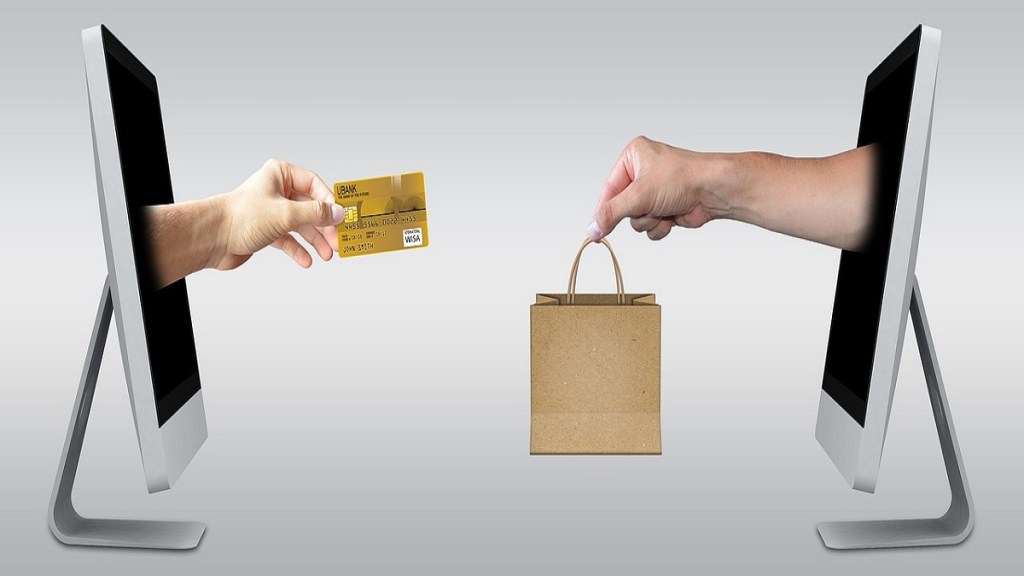By Srinath Sridharan
Indian e-commerce stands out as a testament to innovation, convenience, and quality, all delivered at a massive scale. From the bustling streets of Mumbai to the serene villages of Kerala, to thousands of pin codes in rural UP, millions of Indians have embraced the digital marketplace, finding a wealth of choices at their fingertips.
In an era dominated by digital interactions and increasing mobility where people are moving from city to city for jobs and travel, the unwavering assurance of genuine products backed by robust cybersecurity measures, safe payment gateways, and stringent data protection policies takes centerstage. If a guarantee is provided via the payment of a simple fee, it won’t be long before the larger population sees value in this, while embracing it positively. These consumers are known for their discerning eye when it comes to seeking value for their money, yet they willingly pay convenience fees for the enhanced ease and efficiency that various services offer. We are now witnessing a slow shift in behavior, where customers are willing to pay for a certain kind of guarantee – whether in product quality, speed of delivery or after-sales service. The acceptance of such a fee again highlights the premium customers place on comfort, trust and reliability offered by digital commerce platforms. The fee – mostly small and fixed in nature – is based on costs and, in some cases, also acts as a great nudge to have environment-friendly causes led by customers.
These customers have seen the compelling benefits that e-commerce and even hyperlocal platforms have brought them – an unmatchable selection of products and services delivered right on the doorstep in quick time. The timely communication with the customer during the entire delivery process also goes a long way in winning their trust while assuring them of reliability, safety and hygiene of the product. Any dissatisfaction with the end product is also addressed immediately, with replacements and refunds again being prompt and at no extra cost to the customer, all while they sit in the cool confines of their dwellings.
Investing in technology, infrastructure, and innovative shopping experiences is a strategic imperative for e-commerce organisations in India. This commitment to enhancing consumer convenience not only fosters greater loyalty but also serves as a linchpin for stabilizing e-commerce revenue streams. Customers reap the benefits of enhanced services, companies witness improvements in their performance metrics, governments receive a boost in tax revenues, and workers throughout the supply chain — from packers to delivery personnel — enjoy better compensation and benefits.
The transformative impact of e-commerce in India reflects the remarkable linkages it was able to establish with the JAM trinity, comprising Jan Dhan Yojana (financial inclusion), Aadhaar (biometric identification), and mobile connectivity. These foundational elements, supported by the robust payment system like UPI (Unified Payments Interface), have made e-commerce adoption significantly easier for millions of Indians. Credit should be given to e-commerce platforms for helping consumers see the benefit of digital payments through credible use cases — a customer being able to pay digitally instead of being bothered about keeping small change serves as a terrific endorsement for those still wondering about the shift to wallets and UPI. Similarly, deals on specific credit cards say a lot about the utility and benefits of such an instrument while transacting online.
In the world of Indian e-commerce, the customer reigns supreme. Quality, compliance, and timely deliveries have been at the forefront of the e-commerce experience. E-commerce organisations have invested heavily in building a robust infrastructure, encompassing both physical infrastructure and tech-based solutions. The numbers speak volumes: as per a Google-Temasek-Bain report, India’s B2C e-commerce Gross Merchandise Value (GMV) stands at an impressive $65 billion today. Even more astounding is the projection that this figure will swell sixfold, soaring to an eye-popping $380 billion by 2030. Morgan Stanley mirrors this optimism, forecasting a 16% CAGR in India’s e-commerce GMV through 2031. This growth trajectory will elevate e-commerce’s share of retail sales to a formidable 12.3% from 6.5% in 2021.
It’s essential to underscore that e-commerce platforms are leaving no stone unturned in delivering on trust and being a responsible corporate citizen. This is where their investments in the environment, society and better governance also come into play. They are now proactively taking plastic out of their packaging and sourcing more of their power consumption needs from renewable sources of energy. Many of them are replacing their fleet based on internal combustion engines with environment-friendly battery-driven motorcycles and cars. This is also boosting perception and winning hearts. This promise of being everywhere the customer is and delivering on a consistent basis the customer’s need for quality, safety and trust has laid the foundation of decades of strong growth.
The author is an author, policy researcher and corporate advisor
Disclaimer: Views expressed are personal and do not reflect the official position or policy of Financial Express Online. Reproducing this content without permission is prohibited.

